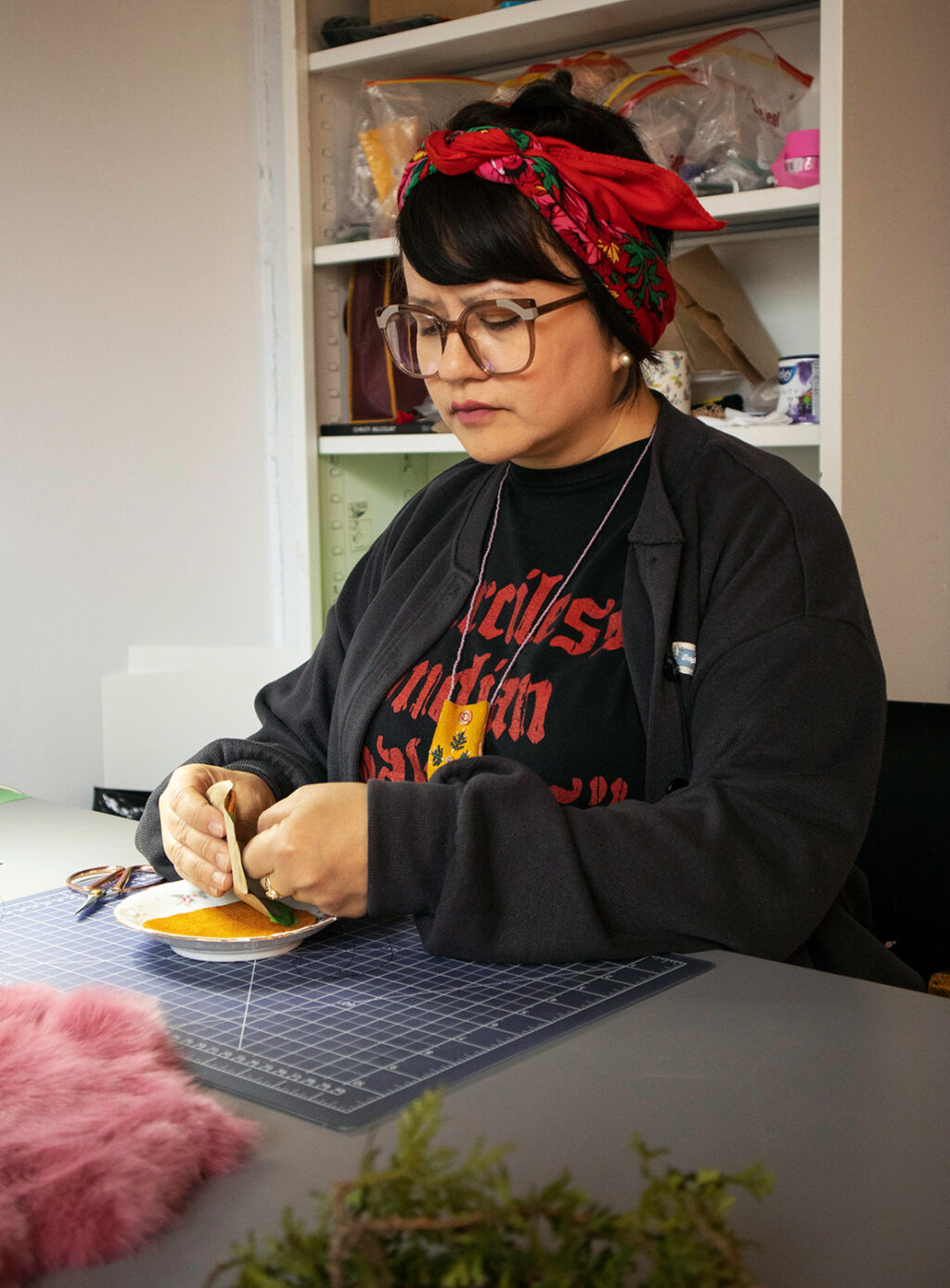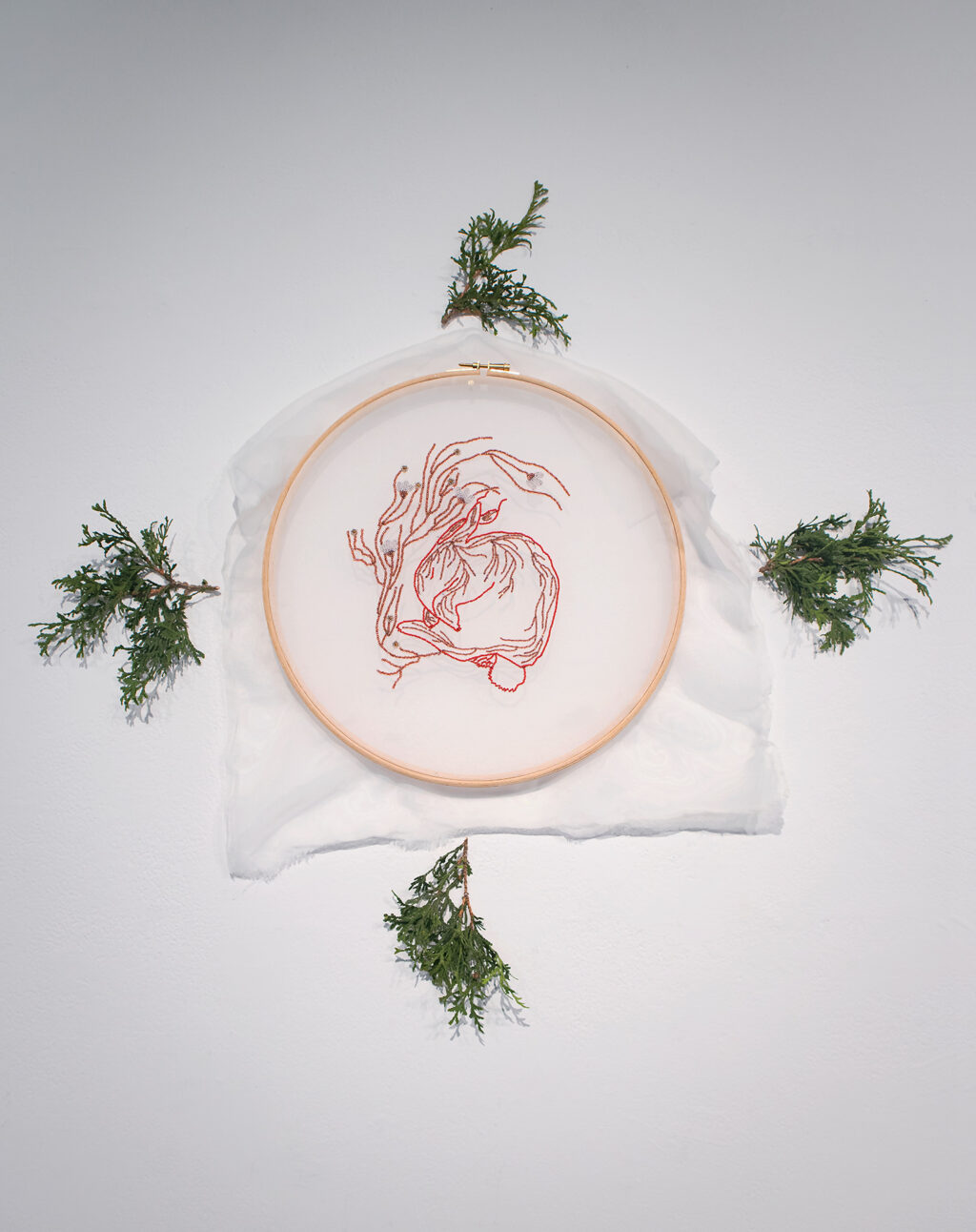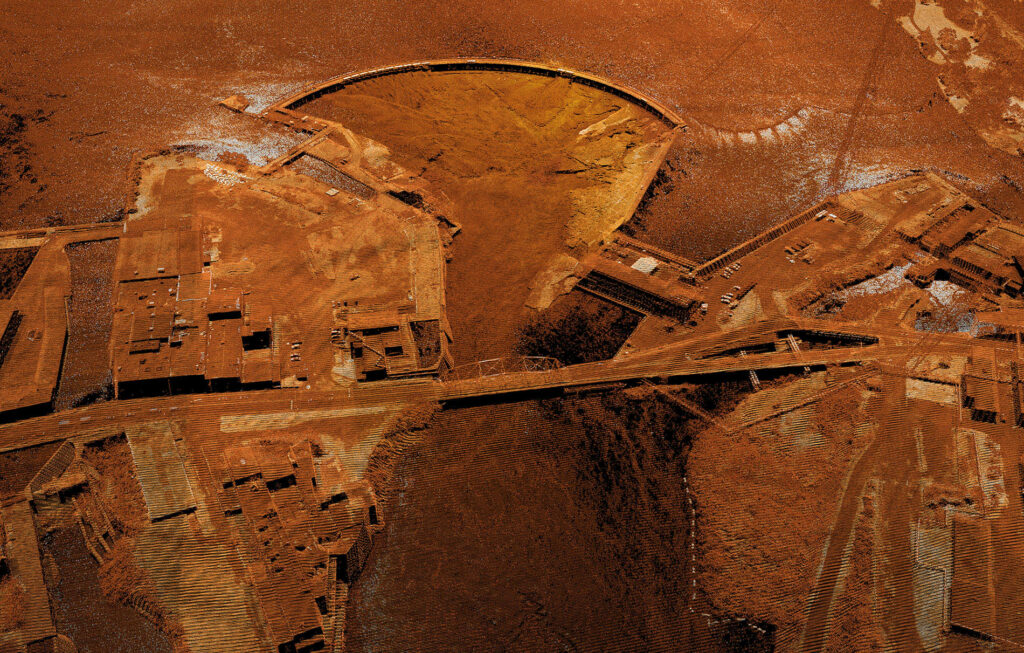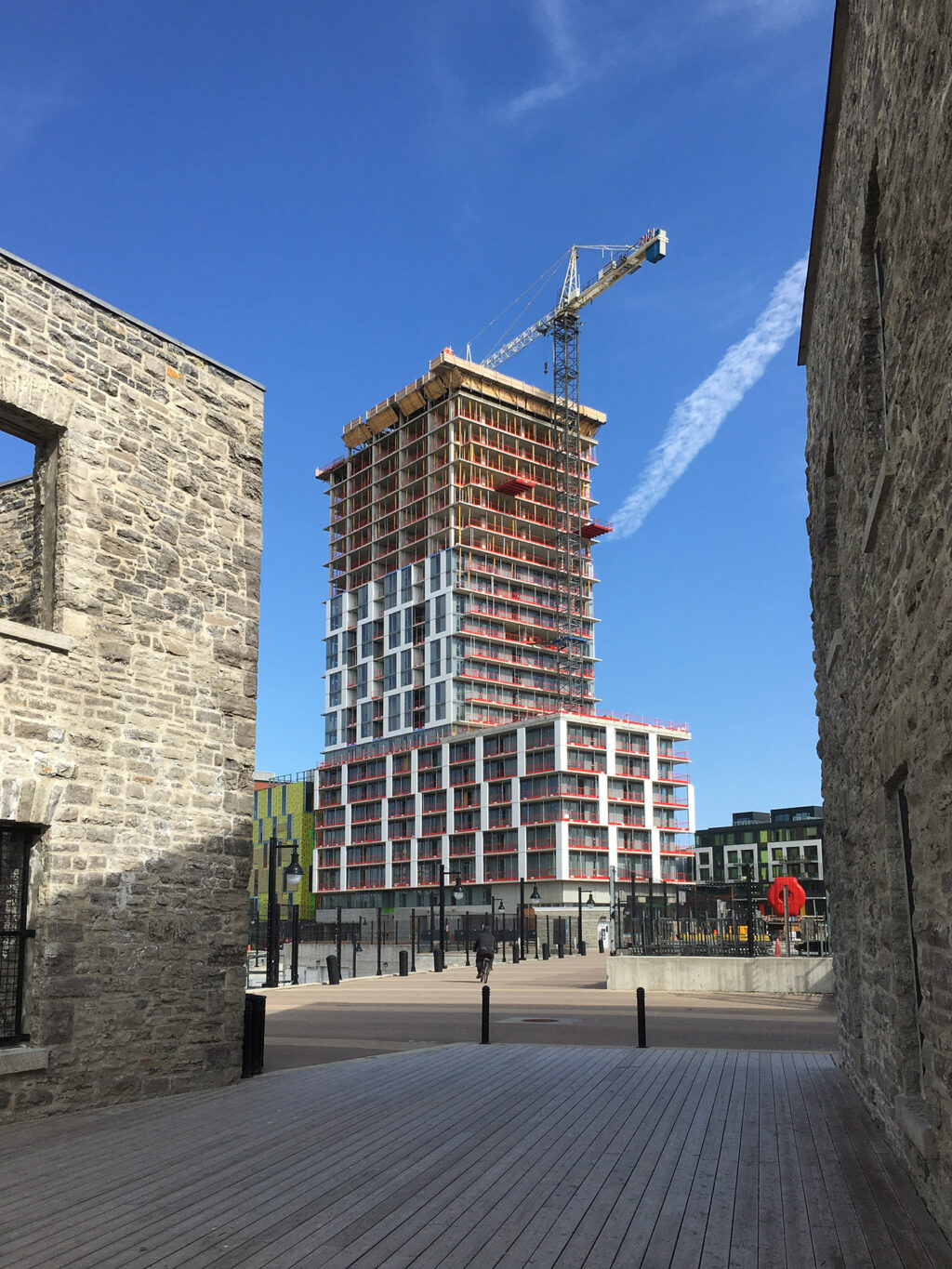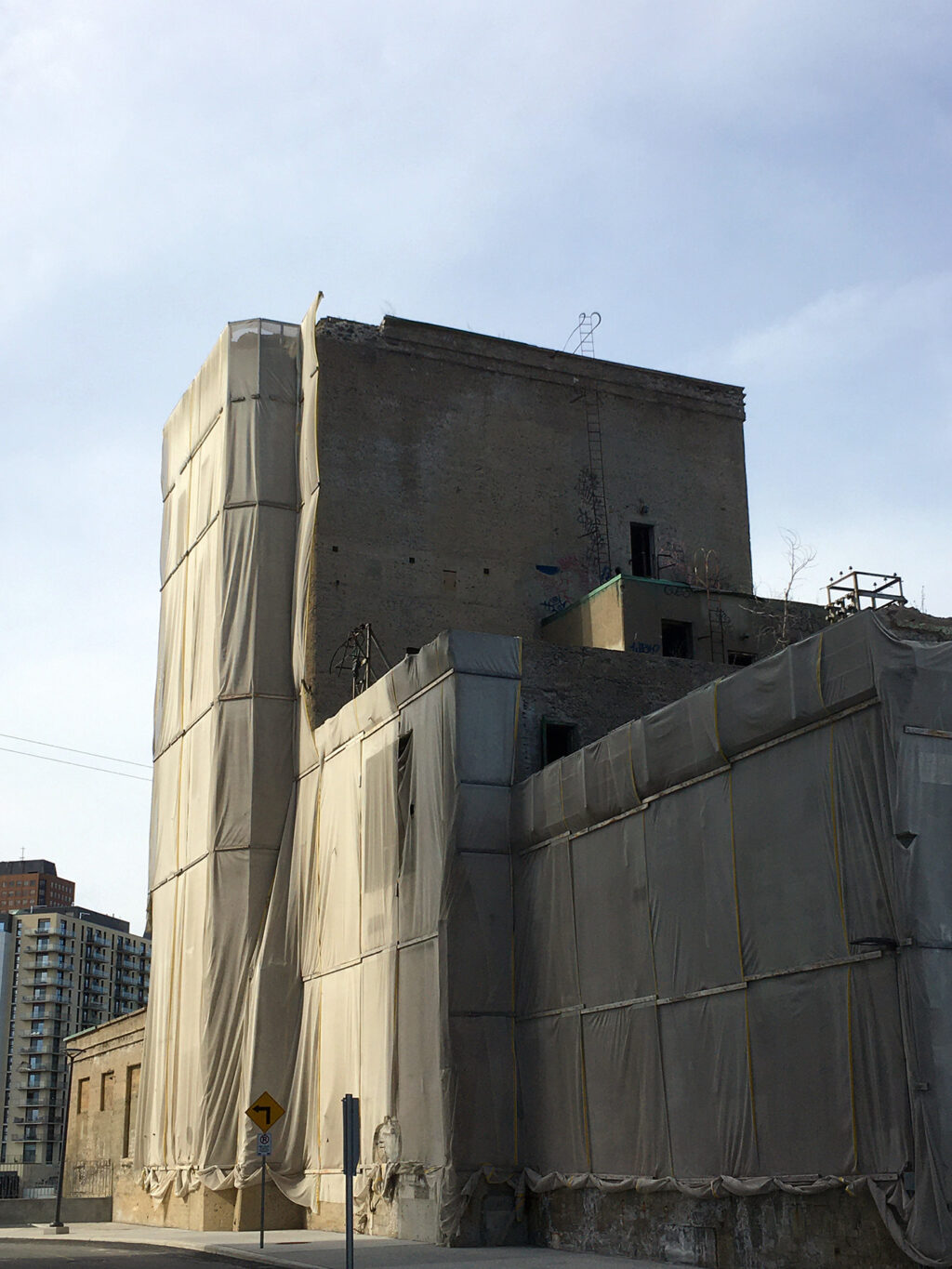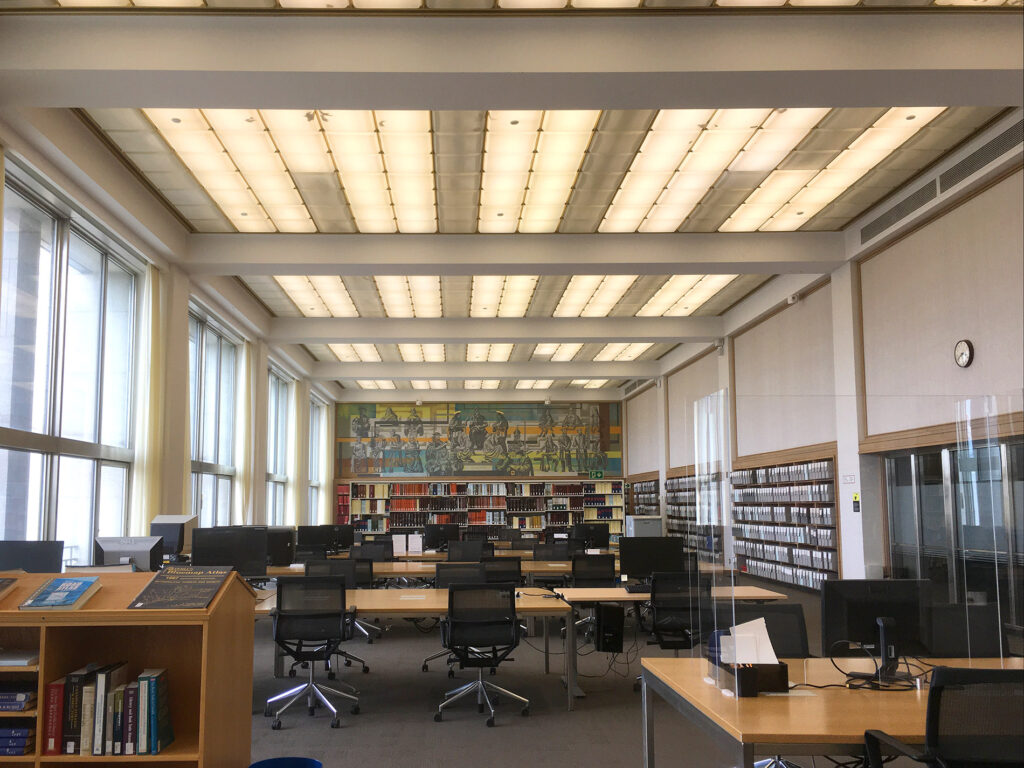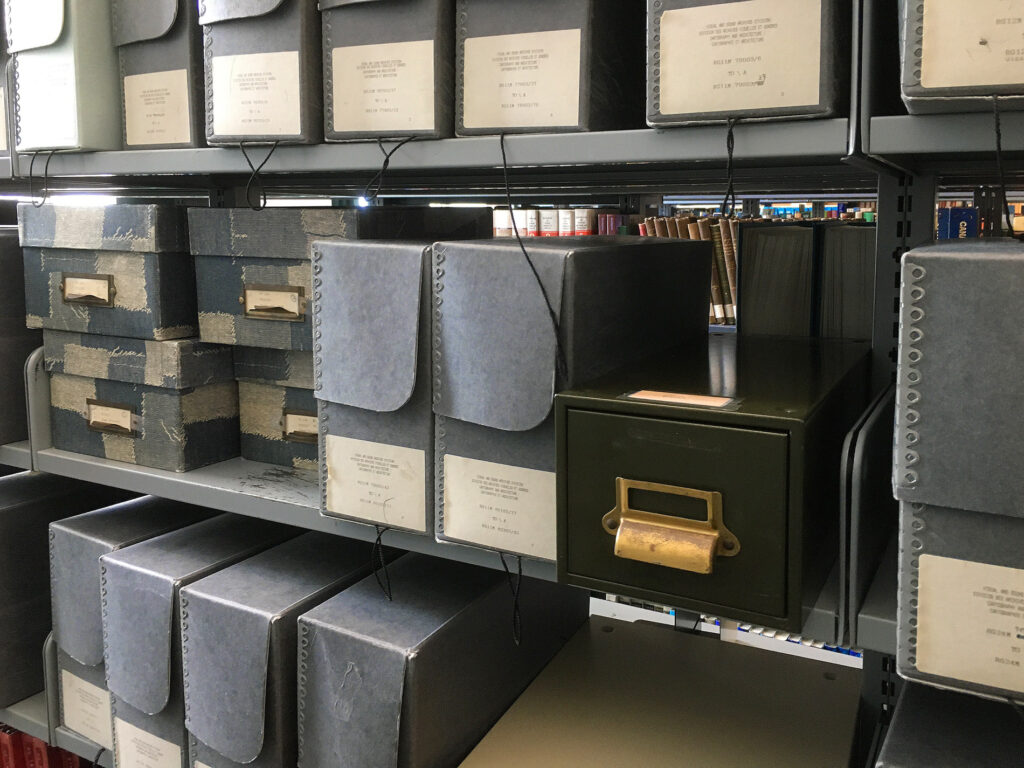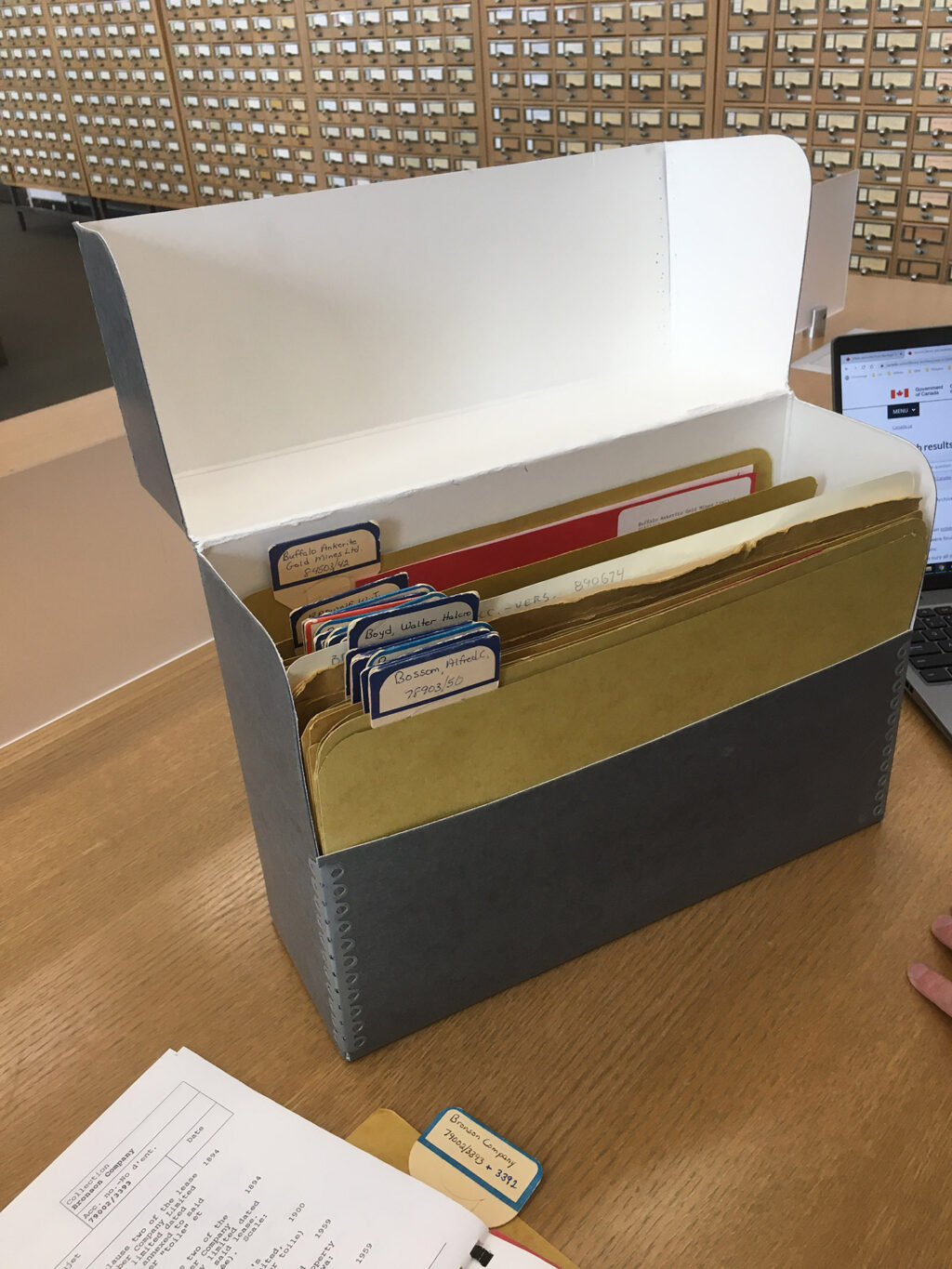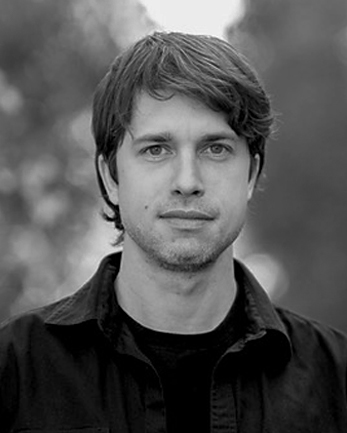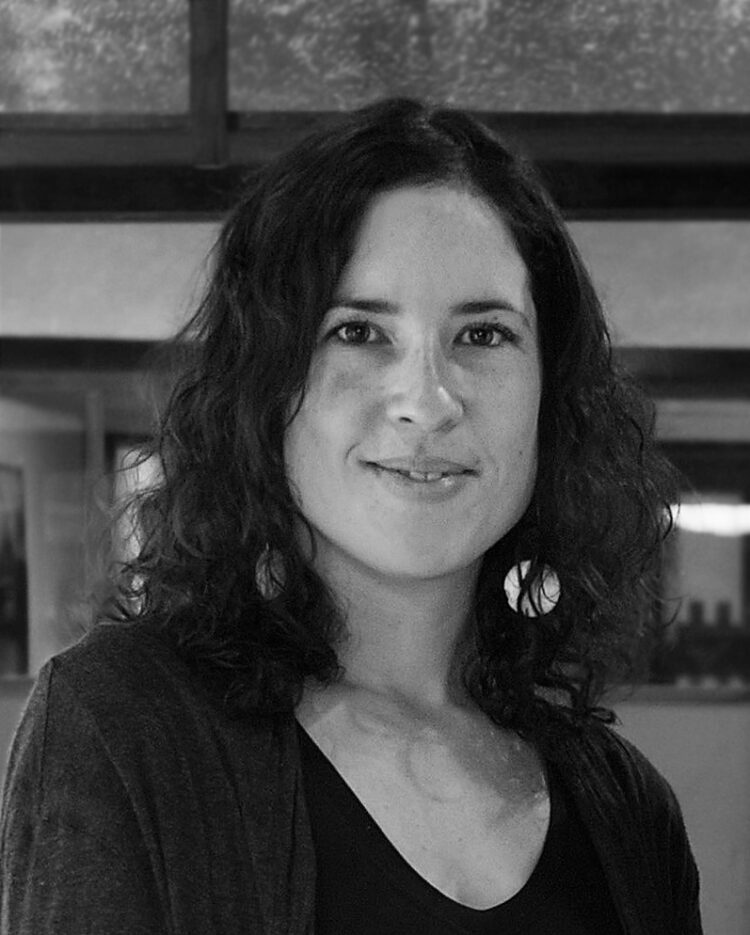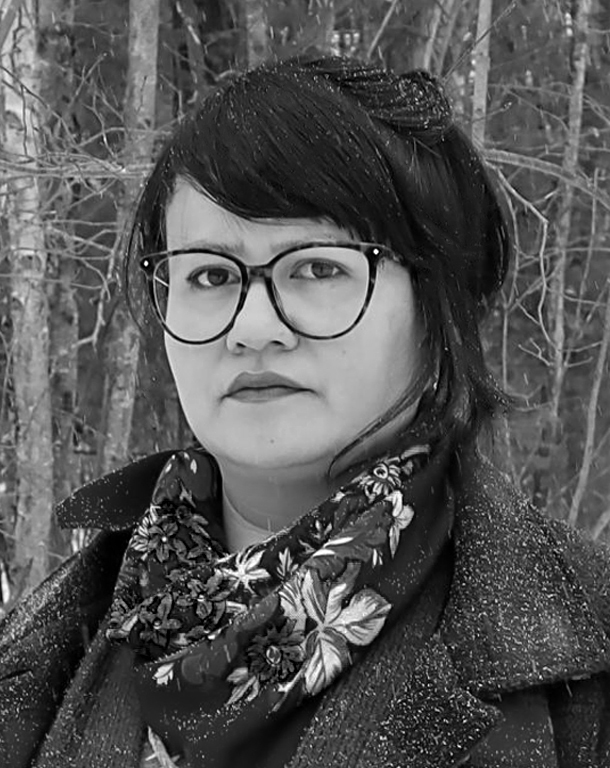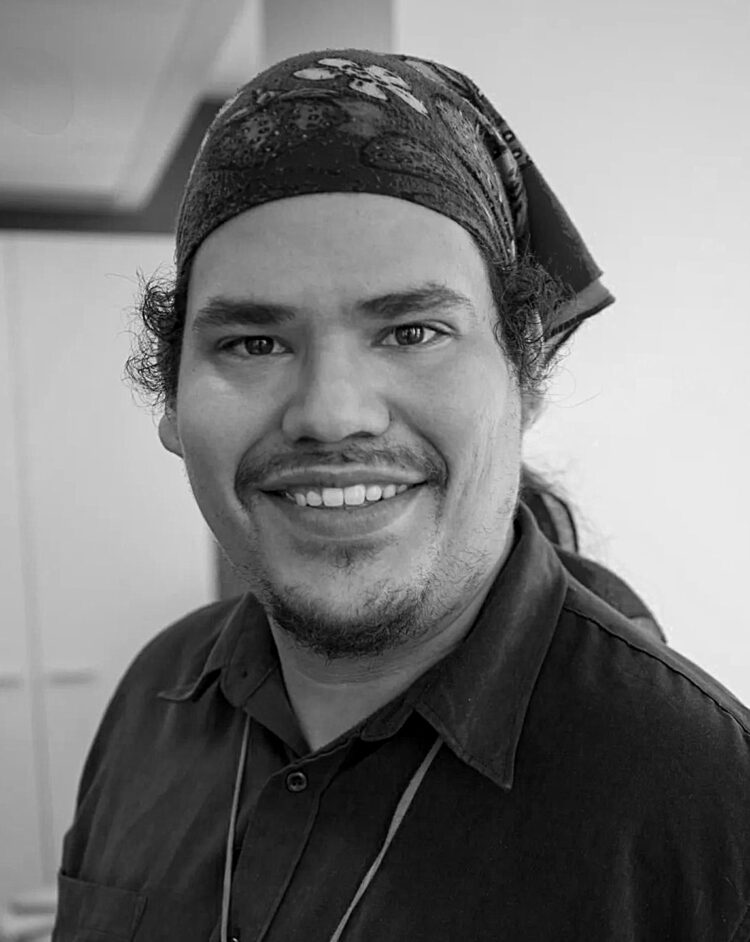


Land : echoes and dissonances – Gallery 1
Photos of the project
Summary of the project
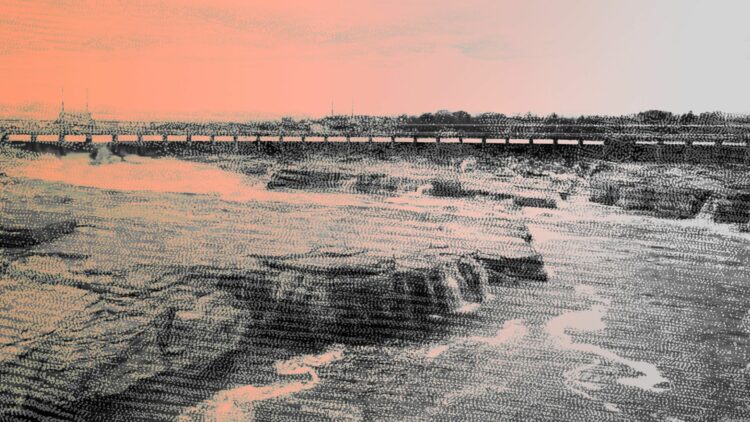
Land: echoes and dissonances
This collaborative project brought together a group of Indigenous and non-Indigenous visual artists who were asked to express their own vision of the idea of territory, using the urban landscape of the Ottawa-Gatineau region for their inspiration. It was organized in conjunction with the Mauril-Bélanger Social Innovation Workshop, an organization working for justice and social transformation.
During two walking tours and a workshop, participants had an opportunity to rediscover two historic sites undergoing major urban transformations. On May 13, the poet and Kitigan Zibi Elder Albert Dumont led a walking tour during which he explained the cultural significance and sacredness of the Akikodjiwan site (Chaudière Falls) for the Anishinaabe Nation. On May 14, historian Michel Prévost gave a presentation, followed by a discussion workshop, about the history of the LeBreton Flats and Chaudière Falls and the many transformations that occurred there in the past or are planned for the future. This is also an important area for the capital’s French-speaking community.
The key topics for discussion during this workshop were nature, the post-industrial urban setting and the democratic process. These encounters initiated a dialogue between local residents from different generations and cultures about the transformations of the landscape brought about by major real estate projects underway in the capital.
The artists were asked to create an artistic restitution by drawing upon the discussion topics for inspiration and, to varying degrees, addressing the issues that came up in the workshop. Employing various approaches, they brought their own visions to bear, using both traditional and updated practices, such as contemporary beadwork or photographic or technology-based tools such as 3D modelling. Echoing the legacy of Jean Paul Riopelle, the artists’ works raise questions in equal measure about landscapes, nature and what is sacred. The urban territory is analyzed in Mathieu Gagnon’s images and reproduced as a motif in Mathilde Forest’s work. A bestiary (medieval book of beasts) comes to mind when viewing the masterful materiality of Craig Commanda’s work, while Jobena Petonoquot’s work conveys a profound symbolism.
The project will end in the late summer with an outdoor exhibition at the SAW Gallery in Ottawa’s Arts Court. During a presentation given by the artists at the opening on July 4, the public will learn more about the project and be able to participate in a continuation of the discussions initiated during this cultural mediation exercise.
Important dates in 2023 📅
- May 13 → Rediscovering Akikodjiwan (Chaudière Falls) with Albert Dumont, Kitigan Zibi poet and activist, accompanied by Monique Manatch – Open to all, register by email: atelier@innovationsocialeusp.ca or by phone: (613) 782-3006
- May 14 → Historical walk and discussion with Michel Prévost – the troubled history of LeBreton Flats and the built heritage of the Chaudière Falls – Open to all, register by email: atelier@innovationsocialeusp.ca or by phone: (613) 782-3006
- July 4 → Opening of the exhibition in the presence of the artists, outdoor exhibition in the SAW Centre (Arts Court in Ottawa) – Open to all
Realized within the framework of the centenary
The creation of the Foundation was inspired by the dream of Jean Paul Riopelle, who wished to pass on his passion for art, his vision and inspire the next generation of artists to explore, innovate and surpass their creative potential.

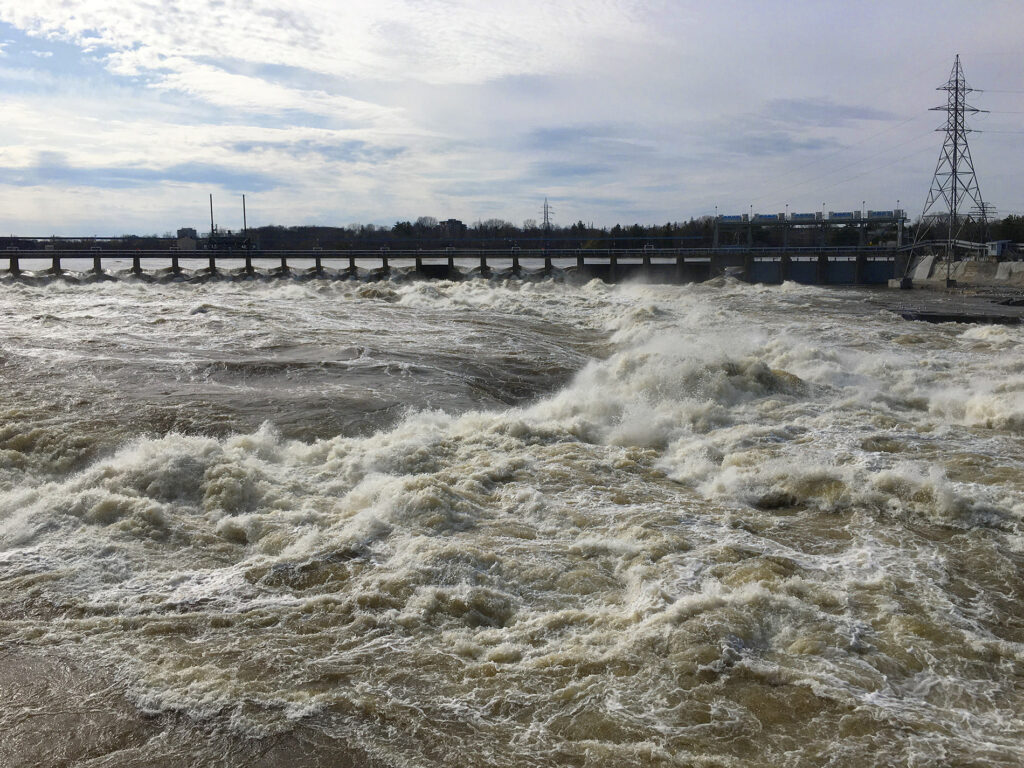
!["Sketch of both banks of the Ottawa River and the Chaudiere Falls[...]" by major G.A. Eliot, 1825. One of the archive pieces of the Chaudières Falls (Akikodjiwan) that we found during a first phase of research.](https://www.dialoguesriopelle.com/app/uploads/2023/05/03_carte_1825_e011198181-1024x792.jpg)
